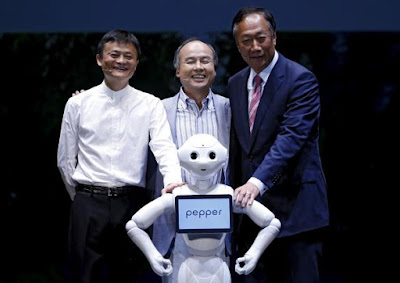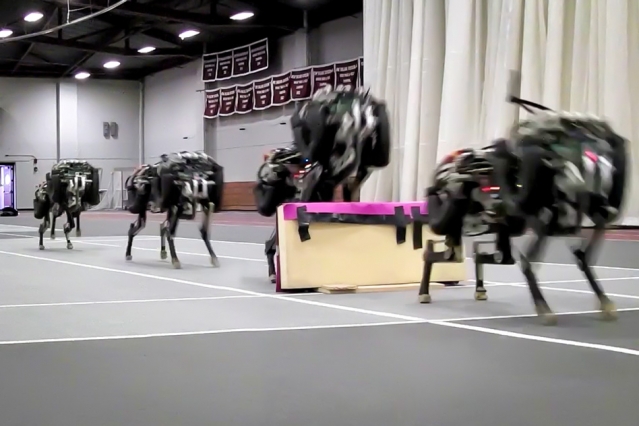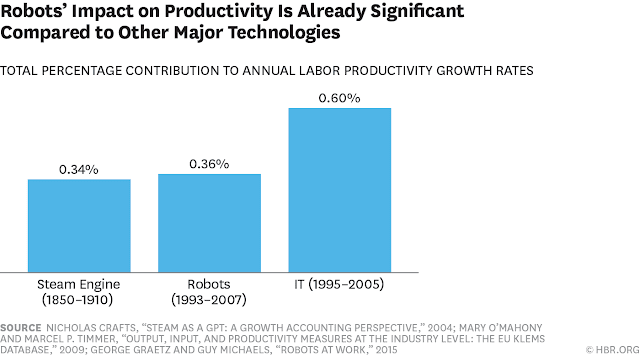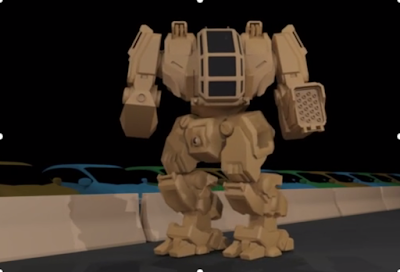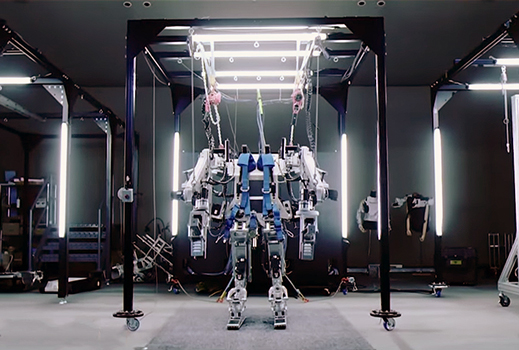ScienceRocks
Democrat all the way!
- Thread starter
- Banned
- #321
DURUS: SRI's Ultra-Efficient Walking Humanoid Robot [30 times more efficient than ATLAS]
While disaster robots were making their way through the DARPA Robotics Challenge courses, over in the exhibit area outside, there was another competition taking place: an endurance challenge, also sponsored by DARPA, where robots from Sandia National Labs and SRI International slowly walked on treadmills with the goal of demonstrating how ultra-efficient they could be.
What does ultra-efficient mean in the context of walking robots? Think humanoid walking that’s 20 to 30 times more efficient than than Boston Dynamics’ ATLAS. A full size humanoid robot with that level of efficiency would able to operate for anywhere from 4 to 6 hours on a single charge.
The robot that SRI displayed at the DRC is called DURUS (the root there being “durable”), which was developed under a (super duper secret, apparently) DARPA contract beginning in 2013.
That year was also when Boston Dynamics unveiled their ATLAS robot, and that’s not a coincidence: DARPA saw ATLAS, immediately realized that power requirements made ATLAS an entirely impractical platform for real-world use, and started funding a program to develop ultra-efficient actuators. This was expanded into an efficient mobility challenge, with the goal of building a humanoid architecture that was similar to the ATLAS robot (with the same kinematics), except 20x to 30x more efficient.

